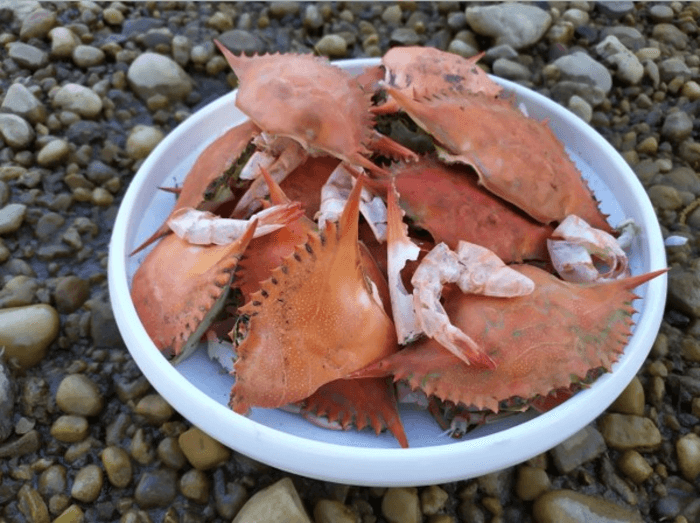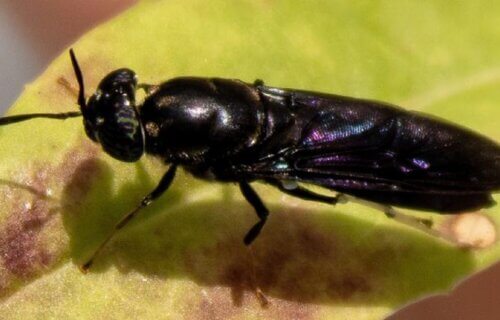COLLEGE STATION, Texas — Flies may soon be a key ingredient in making eco-friendly plastics, serving as a source and solution for waste. Researchers believe they are on the cusp of this innovation, having successfully isolated and purified chemicals derived from insects.
“For 20 years, my group has been developing methods to transform natural products — such as glucose obtained from sugar cane or trees — into degradable, digestible polymers that don’t persist in the environment,” says Professor Karen Wooley Ph.D., the project’s lead investigator, in a media release. “But those natural products are harvested from resources that are also used for food, fuel, construction, and transportation.”
Seeking alternatives without such competing demands, Prof. Wooley collaborated with Professor Jeffery Tomberlin, who proposed utilizing waste from farming black soldier flies. These flies are being increasingly cultivated, with their larvae being a valuable resource for animal feed and waste management due to their rich protein content and other beneficial compounds. Yet, once these flies have fulfilled their breeding purpose, their short lifespan concludes, and they are typically discarded. The team utilized these discarded flies as a foundation for their research.
“We’re taking something that’s quite literally garbage and making something useful out of it,” says Cassidy Tibbetts, a graduate student under Professor Wooley at Texas A&M University.
Upon inspecting the deceased flies, Tibbetts discerned that they were full of chitin, a non-toxic and biodegradable sugar-based polymer. Chitin fortifies the shells or exoskeletons of various insects and crustaceans. While chitin extraction from crustacean shells like those of shrimp and crabs is an established practice, Tibbetts has been pioneering new extraction techniques from fly remains. She believes her chitin source might be superior, citing its purer nature and suggesting it might bypass certain seafood allergy concerns.

Although some researchers derive chitin or proteins from fly larvae, Prof. Wooley notes the novelty of their approach in using adult flies, which aren’t employed as feed.
Meanwhile, another researcher in Wooley’s team, Hongming Guo, has been transforming the purified fly chitin into a polymer named chitosan. Their breakthrough led to the creation of a hydrogel capable of absorbing water up to 47 times its weight in a mere minute. This innovation, they believe, could assist farmers by retaining floodwaters and gradually dispensing it during droughts.
“Here in Texas, we’re constantly either in a flood or drought situation. I’ve been trying to think of how we can make a superabsorbent hydrogel that could address this,” adds Prof. Wooley.
She emphasizes the biodegradable nature of the hydrogel, suggesting it could slowly discharge its molecular constituents as nutrients for crops.
The research team is also delving into chitin decomposition to produce its monomeric glucosamines. Wooley envisions these molecules as raw materials for crafting bioplastics, offering an alternative to conventional plastics derived from petrochemicals.
Besides chitin, black soldier flies harbor a plethora of useful compounds which Wooley’s group aims to harness, including proteins, DNA, fatty acids, and vitamins.
The team further elucidates their end-goal, saying that products crafted from these chemical components are designed to be biodegradable, addressing the ongoing plastic pollution crisis.
“Ultimately, we’d like the insects to eat the waste plastic as their food source, and then we would harvest them again and collect their components to make new plastics. So the insects would not only be the source, but they would also then consume the discarded plastics,” adds Prof. Wooley.
The findings were presented at the fall meeting of the American Chemical Society (ACS) in San Francisco.
South West News Service writer Stephen Beech contributed to this report.

